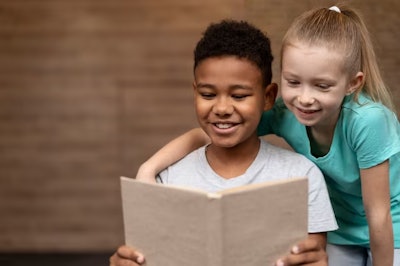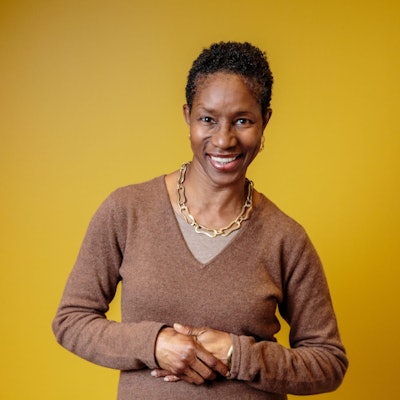Reading stories about diverse characters has benefits for all students. Students of color perform better when they see themselves accurately represented, and white students learn about the world as it really is—a complex multi-cultural place.
A new report from the Education Trust, however, shows that those stories are few and far between. Although there have been improvements in character representation in recent years, the literary world that students experience is still predominantly white. And when characters of color are depicted, it is often as one-dimensional stereotypes, cut off from their cultural contexts. As debates over how students should learn about race heat up and K-12 schools ban more and more books, it’s an increasingly urgent concern.

As might be expected, those largely white authors created largely white characters, 34%, to be exact. The next two largest groups were Black characters and non-human characters such as animals, each representing 16%. But the way that non-white characters were portrayed deepened the problem.
Ed Trust found that only 53% of characters of color received full, complex portrayals, depicting them as multidimensional people with agency, capable of exerting positive influence. According to Dr. Tanji Reed Marshall, former Ed Trust P-12 director of practice and co-author of the report, this represents an imbalance.
“You see white characters in the fullness of humanity,” she said. “So, every other character needs to be as well. If I’m a Black child, and I read about myself in a book, I need to read that I have agency over my life just like when I read about a white character.”
Portrayals of groups or cultures of color were little better, using stereotypes, depicting characters as disconnected from their cultures, and showing minoritized groups as less than or unequal to others. Over half of the books in the sample failed to avoid these traps.
An example that Marshall cited was Rainbow Weaver, a beautifully illustrated picture book written by Linda Elovitz Marshall about the tradition of weaving among rural Guatemalans. In it, a young girl makes woven art of the plastic bags that litter the cornfields and sells her work to a white tourist at the market. Marshall, of Ed Trust, objected to the “treasure from trash” storyline.
 Dr. Tanji Reed Marshall, former Ed Trust P-12 director of practice
Dr. Tanji Reed Marshall, former Ed Trust P-12 director of practice
Unaddressed, Marshall pointed out, is the question of why the cornfields are strewn with trash to begin with. Indeed, the surveyed books’ treatment of history and social topics was found flawed as well. Eighty percent of the stories that included historical or social topics offered a sanitized version of the material, didn’t include the perspective of the marginalized, or didn’t connect to the deeper structural realities underlying the events.
Marshall said that the problem was illustrated by many biographies of Ruby Bridges, who, at six years old, integrated an all-white school in New Orleans.
“In the stories of Ruby Bridges, as many people read them, the segregation is framed as an individual problem instead of a larger social problem,” said Marshall. “It makes it seem like if individual people were just nice to her, this wouldn’t have happened. It reduces the ability to be critical thinkers about larger systemic issues.”
Students may be facing more challenges than ever when it comes to finding books that help them make those connections. In April, the free expression organization PEN America counted 1,477 new book bans in 37 states since the start of the 2022-23 school year. According to Kasey Meehan, the Freedom to Read program director at PEN America, books with diverse characters are more likely to be targeted.
“While we saw all this legislation and all this local organizing under an anti-Critical Race Theory umbrella, oftentimes that played out in removing books that simply had characters of color,” she said.
Marshall said that the bans create a challenge.
“Any censorship of any kind is bad,” she said.
She was careful to note that that includes the types of shallow depictions of characters of color that her report critiques.
“What is required is a more critical eye, a deeper understanding, so that students can push back against the portrayal of certain groups in texts,” she said. “That’s a much better work than simply removing texts.”
Marshall added: “If you really want students to become critical thinkers, you want them to read as deeply and as widely as possible, and you want them encountering people, cultures, and topics in as complex a manner as possible."
Jon Edelman can be reached at [email protected]





















